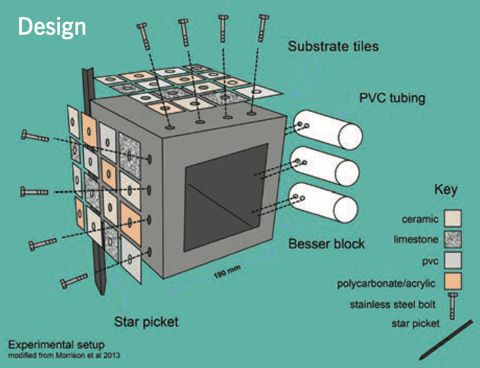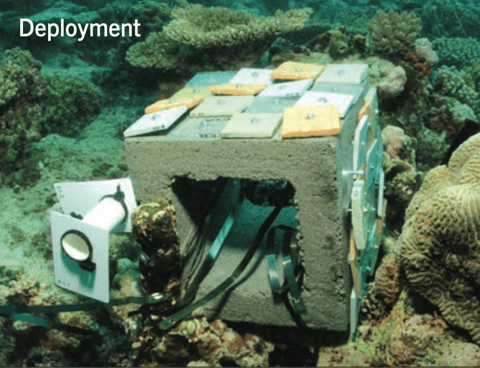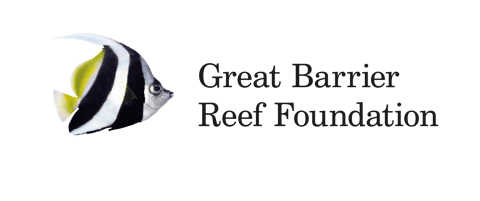Conclusion
Our study underscores the importance of high-resolution, visually interpretable satellite imagery for monitoring coral reefs and supports the continued exploration of better remote sensing indices tailored specifically to marine environments. These can be especially helpful in monitoring the impact of coral bleaching on marine ecosystems both locally and globally, informing future conservation and restoration efforts.
What Worked
Effective use of remote sensing – specifically Sentinel 2 – to obtain high-resolution imagery of coral reefs
Visual confirmation of bleaching
Utilization of available in-site data on coral reef health
Effective use of change detection to confirm areas most impacted by coral bleaching
Identified possible limitations of using NDVI for coral reef monitoring
Calculating NDVI on ENVI using raw bands
What Didn't Work
Copernicus-based NDVI yielded inconsistent imagery, indicating the possible limitations of this index for coral reef monitoring
Sentinel 2 satellite NDVI bands were not suited to marine environments
Likely due to limitations such as influence of water depth, turbidity, surface reflectance
NDWI was ineffective in detecting water retention in bleached coral
Algae or sediment in the surrounding water altered spectral signals (signatures?), making changes inconsistent and hard to measure
Daily changes in water levels affected reflectance measurements, leading to inconsistent NDWI values
Issues with ENVI Native NDVI Change Detection %
Extreme changes were detected in areas not seen to have coral on true color imagery
Changes were also detected in surrounding water
Future Avenues of Research
Coral Health: Bleaching & Disease
Applied Outcomes:
A rapid, reliable, and accurate Impact and stress assessment tool.
Applicable across species once baseline levels have been established.
This program's outcome is to measure the impact of stress on organisms by directly measuring changes in metabolism. It provides reef managers with quick, reliable, and accurate assessments of the amount of stress that corals have been exposed to.
For example, stress due to poor water quality or stress from elevated surface temperatures helps to measure the impact of a specific stressor or specify what action to take to reduce stress following a particular response. An example of a stressor can be stopping dredging, which removes sediment or other material from the bottom of a body of water.
The results include the development of a rapid, reliable tool for assessing environmental stress, capable of detecting metabolic changes in corals before visible effects appear. Specific metabolic markers are linked to different stressors, allowing the creation of targeted test kits. The method is versatile, applicable to both corals and seagrasses, and can monitor sub-lethal stress and recovery. It is also field-friendly, making it accessible for reef managers and stakeholders.
The total budget for this program is $350,000.
Crustose coralline algae (CCA) as indicators of ocean acidification and warming.
Applied outcomes:
Baseline and new metric for calcification
Monitoring prototype
This research project focuses on changing the climate of the Great Barrier Reef ecosystem because ocean acidification will significantly impact coral reefs. The more carbon dioxide from the atmosphere is dissolved in our oceans, the more acidic the water will become, decreasing corals' capacity to build their skeletons, which is crucial to other marine life. However, the impacts vary across different habitats and locations.
Crustose coralline algae (CCA) is key to coral reef growth and stabilization, which also helps recovery by encouraging the settlement of coral larvae.
This research project investigated whether CCA can be used as an early warning system for changes in temperature and ocean chemistry.
The total budget of this program is $550,000.
The Great Barrier Reef Foundation is an independent non-profit organization dedicated to protecting and conserving the Great Barrier Reef. It engages in various activities, including scientific research, coral restoration, community engagement, and policy advocacy, all of which aim to ensure the reef's long-term health. The Great Barrier Reef Foundation focuses on protecting ocean habitats and collaborating with organizations to raise funds and invest in innovative ideas for designing real-world research programs.
The Reef 2050 Integrated Monitoring, Modeling, and Reporting Program (RIMReP) will guide the future monitoring of the Great Barrier Reef.








Discussion
How can remote sensing be used to track the recovery or degradation of coral reefs over time in response to climate change?
Remote sensing is a cost-effective and large-scale tool that allows continuous monitoring of the coral reefs. In this project, remote sensing provided evidence to support existing research on the damage from the 2016/2017 and 2024 mass bleaching events. While there is much conversation surrounding the general and ongoing degradation of coral reefs due to climate change, remote sensing can also provide analysis on how coral reefs environments naturally and gradually recover from these events.
What spectral indices (NDVI, NDWI) are most effective in assessing coral reef health using satellite imagery?
The difficulties of this project exemplified how NDVI and NDWI may currently not be directly applicable when collecting accurate information on the health of coral reefs. NDCRI (Normalized Difference Coral Reef Index) and other possible indices might be able to be used to map the spatial extent of coral reefs based on certain spectral signatures.
Can remote sensing accurately map reef bleaching and monitor how this changes over time?
Change detection analysis and visual confirmation using high-resolution true-color satellite imagery can map changes in reef bleaching. However, this is most effective in areas more heavily impacted and least effective on coral reef systems experiencing minimal degrees of bleaching. For this, other metrics may be more suitable to determine the health of coral reefs, such as specially suited indices that can evaluate health on a spectral basis.
References:
Great Barrier Reef Marine Park Authority 2017, Final report: 2016 coral bleaching event on the Great Barrier Reef, GBRMPA, Townsville. Final-report-2016-coral-bleaching-GBR.pdf
Haynes, D., Brodie, J., Waterhouse, J. et al. (2007). Assessment of the Water Quality and Ecosystem Health of the Great Barrier Reef (Australia): Conceptual Models. Environmental Management, 40, 993–1003. https://doi.org/10.1007/s00267-007-9009-y
Liu, G., Strong, A. E., & Skirving, W. (2003). Remote sensing of sea surface temperatures during 2002 Barrier Reef coral bleaching, Eos Trans, AGU, 84(15), 137–141. https://doi.org/10.1029/2003EO150001
Pereira, L., Silva, L., & Costa, A. (2016). Environmental modeling and software for sustainable development. Environmental Modelling & Software, 79, 1-10. https://doi.org/10.1016/j.envsoft.2015.11.025
Watty, Kay, et al. (2024). Measuring coral reflectance and calculating NDVI as a proxy for chlorophyll a with the DIVING-PAM-II. Protocols Io. dx.doi.org/10.17504/protocols.io.rm7vzjqd5lx1/v1
Wijgerde, T., Van Melis, A., Silva, C. I. F., Leal, M. C., Vogels, L., Mutter, C., & Osinga, R. (2014). Red Light Represses the Photophysiology of the Scleractinian Coral Stylophora pistillata. PLoS ONE, 9(3), e92781. https://doi.org/10.1371/journal.pone.0092781


